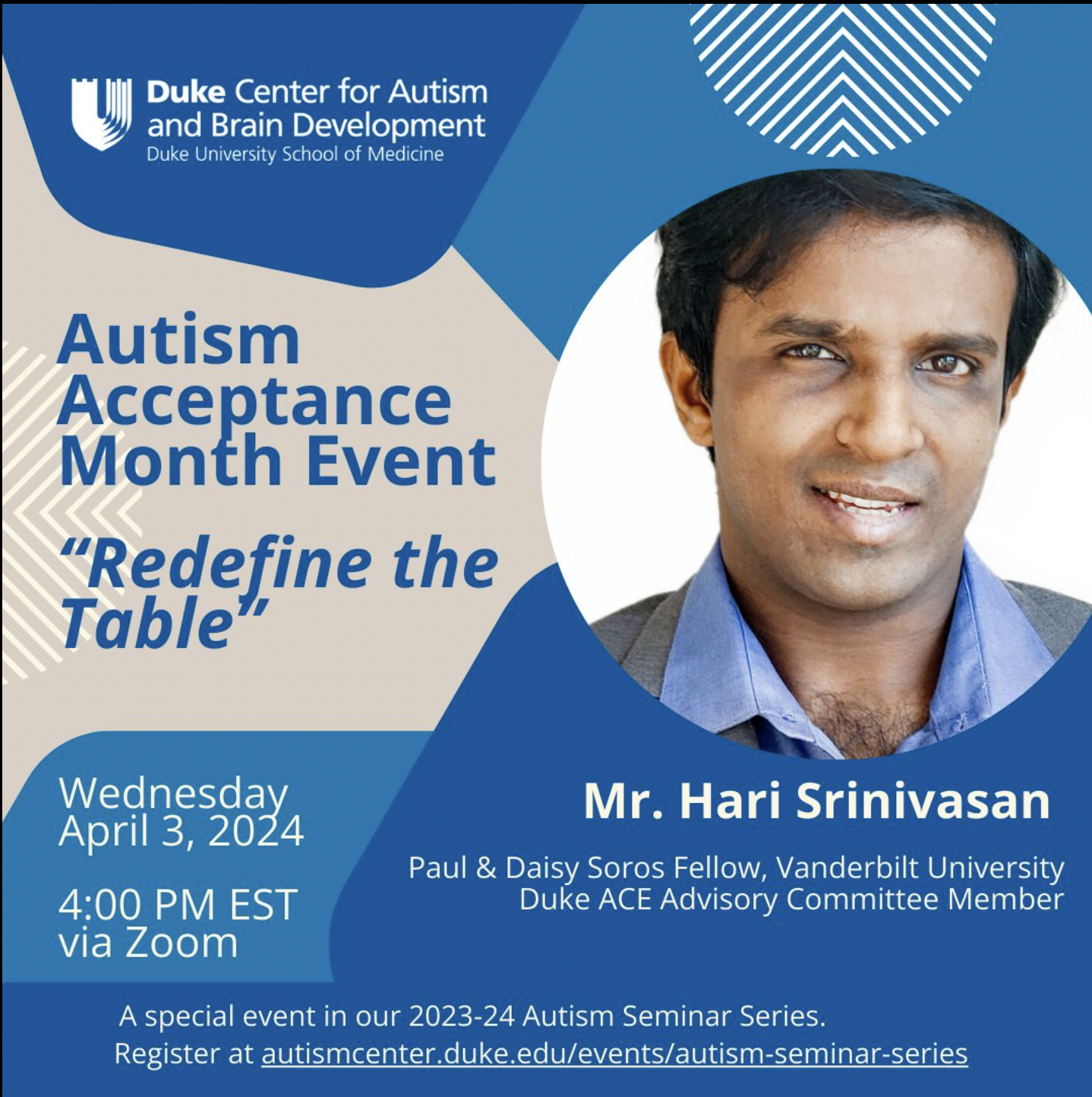In PlainSpeak for the Lay Reader
Researchers have come up with many theories to try to explain different aspects of thinking and behavior in autism. The Predictive Coding Hypothesis is one such set of explanations.
Understanding Predictive Coding in the Brain
This hypothesis says that the brain acts like a prediction machine, always guessing what's going to happen based on past experiences. For example, if you hear a familiar sound, like a door creaking, your brain might predict that someone is entering the room. When something happens, the brain compares it to what it expected and updates its guesses to be more accurate next time.
Predictive Coding in Autism
Scientists think that the brains of autistic people might process these predictions differently. This could explain some common characteristics of autism, like sensory sensitivities, repetitive behaviors, and social challenges.
Slow Updating Theories
What This Means: Autistic people might update their brain’s predictions more slowly. This means their brain doesn’t adjust as quickly when something new or unexpected happens.
Possible Effects:
- Repetitive Behaviors: They might rely more on routines or repetitive actions to cope with the world because it feels more predictable and safe.
- Sensory Sensitivities: Because their brain takes longer to adjust, unexpected noises, lights, or touches might feel very intense or overwhelming.
- Social Challenges: Social interactions often require quick thinking and adapting, so slow updating might make it harder to understand and react to what others are doing or saying.
Examples of Slow Updating Theories:
- Predictive Coding Deficit Theory: Autistic people may have a harder time updating their brain’s predictions with new information, which can make adjusting to changes difficult.
- Reduced Sensory Prediction Error Theory: The brain might not be good at noticing when it made a wrong prediction, leading to slower updates and more intense sensory experiences.
High-Precision Theories
What This Means: Autistic people might focus too much on the details of what they sense, giving a lot of importance to every little thing they see, hear, or feel.
Possible Effects:
- Sensory Overload: Because they notice so many details, it can become overwhelming and lead to sensory overload.
- Literal Thinking: They might take things very literally and have trouble understanding implied meanings or jokes.
- Detail-Oriented: They might focus a lot on small details but find it hard to see the bigger picture.
Examples of High-Precision Theories:
- Aberrant Precision of Prediction Errors: Autistic people might give too much importance to their senses, leading to strong reactions to things like noise or bright lights.
- Increased Sensory Precision Theory: Their brain treats all sensory input as very important, making it hard to ignore unimportant details.
- Attenuated Priors Hypothesis: Their brain’s expectations (or “priors”) are weaker, so they rely more on the immediate sensory input, giving it more weight.
Other Theories in Autism
Aberrant Salience Theory: Autistic people might over- or under-estimate the importance of certain things they sense, which can make it hard to focus on what really matters.
Precision of Priors and Prediction Errors: There might be an imbalance in how the brain handles predictions and errors. This could lead to rigid behaviors or heightened sensory responses.
Adaptive Coding Hypothesis: The brain of an autistic person might be tuned differently, focusing on details that others might not notice. This could explain both their strengths, like noticing small details, and challenges, like understanding social cues.
Enhanced Perceptual Functioning Model: Autistic people might be really good at noticing small details but might struggle to see the bigger picture.
Predictive Homeostasis Theory: Autistic people might aim to keep their brain in a balanced state, which could explain why they prefer routines and predictability.
Intense World Theory: The brain of an autistic person might be hyper-sensitive, making the world feel very intense. This might lead to sensory overload and a preference for predictable environments.
Combining Theories
These different theories aren’t mutually exclusive; they can coexist in the same person. For example, someone might experience both slow updating and high precision, leading to a mix of challenges, like sensory overload and a need for routines.
Autism and Abstract Thinking
There’s a stereotype that autistic people can’t think abstractly or see the big picture. This isn’t true for everyone. While some autistic individuals might focus on details, many also excel in areas that require abstract thinking, like art, poetry, and storytelling. These creative activities often involve both concrete details and abstract ideas, showing the diverse cognitive strengths within the autistic community.
Final Thoughts
Understanding how autistic people think and process information is complex, and these theories help provide some explanations. However, it’s important to remember that every autistic person is different, and more research is needed to better understand and support them. There’s no one-size-fits-all approach to autism, and each person’s unique experience should be respected.
versions of this post
For the Scientific/Academic Audience
PlainSpeak Plain Language for Lay Reader
A Short Definition





.jpg)











